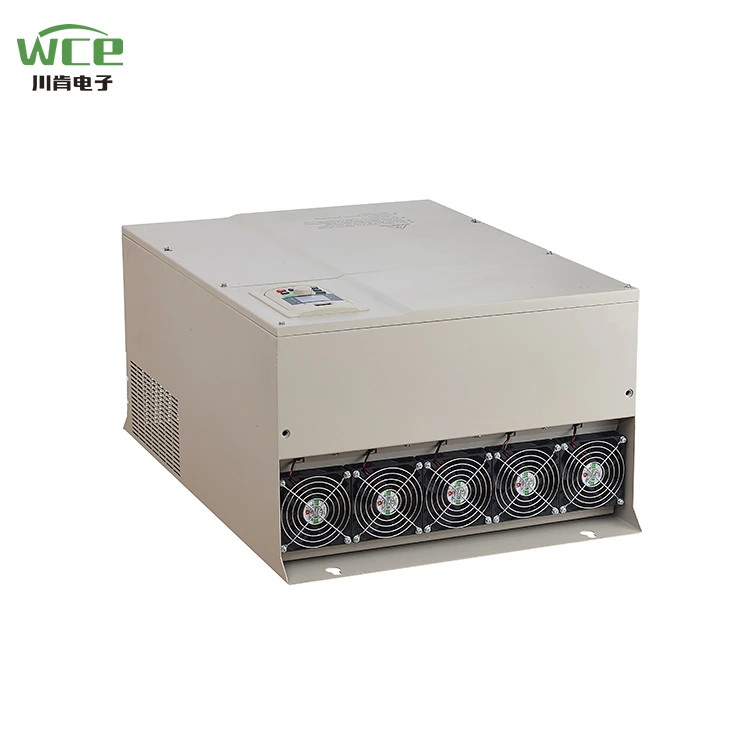The adaptation of AC Drive in water pump
2025-04-28
Adapting an AC drive (also called a Variable Frequency Drive, or VFD) to a water pump basically means using it to control the motor speed based on the real-time demand, rather than running the pump at full speed all the time.
Here’s a breakdown:
1. What happens without an AC drive:
The pump runs at full speed whenever it’s on.
Flow is controlled by throttling valves, which wastes energy.
Mechanical wear is higher because of frequent start/stops.
No soft-start, causing water hammer (pressure surges).
2. What changes with an AC drive:
Speed control: You adjust the pump’s speed depending on how much water is needed.
Energy saving: Reducing speed even slightly can drastically lower power consumption (energy savings can be 30–50% or more).
Soft start/stop: Smooth acceleration and deceleration protect the system.
Better pressure control: Especially useful for variable demand systems like irrigation, booster systems, or municipal water supplies.

3. How it’s adapted:
The AC drive is installed between the power supply and the pump motor.
Sensors (like pressure or flow sensors) feed data to the drive.
The drive adjusts motor speed automatically based on sensor input or a set schedule.
4. Main Benefits:
Huge energy savings.
Extended pump and motor life.
Reduced maintenance costs.
Improved system reliability and water quality (less chance of burst pipes or leaks).
At present, the company has successfully launched a variety of series of intelligent soft starters, frequency inverters and other products to the market, the products developed have complete independent intellectual property rights, and the performance can meet the wide requirements of various customers. If you are interested in our products or have any questions, please feel free to contact us.